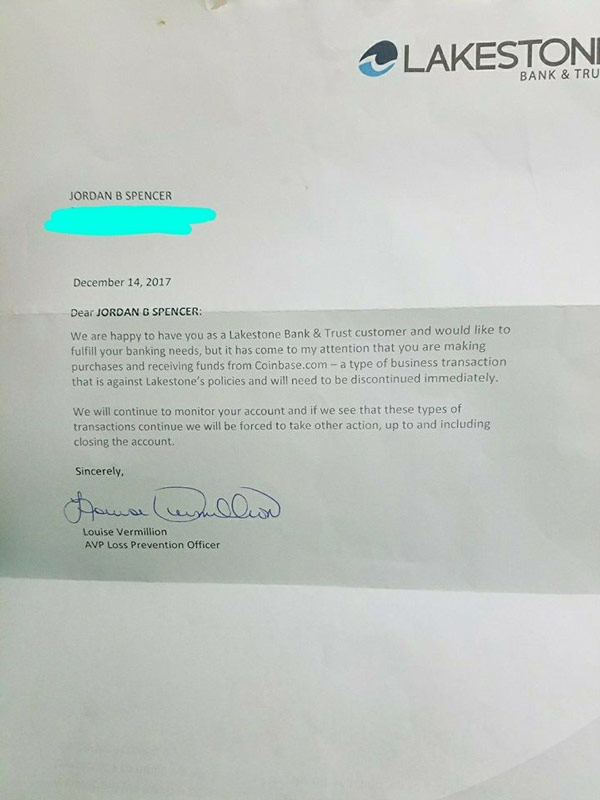Problem Statement
Despite their revolutionary potential, existing cryptocurrencies lack the qualities required to attract the mass consumer. There are three main hurdles in today’s environments:
- The established blockchain networks — Bitcoin and Ethereum — play important roles in the ecosystem, but don’t have the capacity to replace VISA or Mastercard. In their current architecture they are limited to a maximum of only 7 transactions per second for Bitcoin and 15 transactions per second for Ethereum, resulting in insufficient speeds and higher transaction costs.
- Regular users starting to engage with Bitcoin and similar technologies often get confused when trying to buy, store, and send their coins.
- The market of goods and services that can be bought with cryptocurrencies is limited, and the demand for crypto-assets comes mainly from investors, not consumers.
The current state of blockchain technology resembles automobile design in 1870: it is promising and praised by enthusiasts, but inefficient and too complicated to appeal to the mass consumer. As a result, no cryptocurrency or decentralized platform has gone truly mainstream, and centralized solutions continue to dominate the market.
Outline of the Vision
Telegram will use its expertise in encrypted distributed data storage to create TON, a fast and inherently scalable multi-blockchain architecture. TON can be regarded as a decentralized supercomputer and value transfer system. By combining minimum transaction time with maximum security, TON can become a VISA/Mastercard alternative for the new decentralized economy.
In October 2017, Telegram reached 170 million monthly users, delivering 70 billion messages every day. 3 At least 500 000 new users join Telegram daily. At this rate,
the service is expected to hit 200 million monthly users in Q1 2018. These users can provide the required critical mass to push cryptocurrencies towards widespread adoption.
TON Blockchain
To achieve scalability, TON has built-in support for sharding: TON blockchains can automatically split and merge to accommodate changes in load. This means that new blocks are always generated quickly and the absence of long queues helps keep transaction costs low, even if some of the services using the platform become massively popular.
TON uses a Proof-of-Stake approach in which processing nodes («validators») deposit stakes to guarantee their dependability and reach consensus through a variant of the Byzantine Fault Tolerant protocol. This allows TON to focus the computing power of its nodes on handling transactions and smart contracts, further increasing speed and efficiency.
TON Platform
TON Storage is a distributed file-storage technology, accessible through the TON P2P Network and available for storing arbitrary files, with torrent-like access technology and smart contracts used to enforce availability. This component not only enables storage services akin to a distributed Dropbox, but also paves the way for more complex decentralized apps that require storing large amounts of data, such as Youtube — or Telegram.
TON Proxy is a network proxy/anonymizer layer used to hide the identity and IP addresses of TON nodes. Similar to I 2 P (Invisible Internet Project), this layer can be used to create decentralized VPN services and blockchain-based TOR alternatives to achieve anonymity and protect online privacy.
In conjunction with the TON P2P Network and TON DNS, TON Proxy can make any service, including Telegram, effectively immune to censorship.
TON Services provides a platform for third-party services of any kind that enables smartphone-like friendly interfaces for decentralized apps and smart contracts, as well as a
World Wide Web-like decentralized browsing experience.
TON DNS is a service for assigning human-readable names to accounts, smart contracts, services, and network nodes. With TON DNS, accessing decentralized services can be similar to viewing a website on the World Wide Web.
TON Payments is a platform for micropayments and a micropayment channel network. It can be used for instant off-chain value transfers between users, bots, and other services. Safeguards built into the system ensure that these transfers are as secure as on-chain transactions.
Roadmap
Q1 2018 Launch of Telegram External Secure ID
Q2 2018 Launch of the Minimal Viable Test Network of TON
Q3 2018 Testing and security audits of TON
Q4 2018 Deployment of the stable version of TON
Q4 2018 Launch of Telegram Wallet
Q1 2019 Creation of TON-based economy in Telegram
Q2 2019 Launch of TON Services, TON Storage, and TON Proxy



